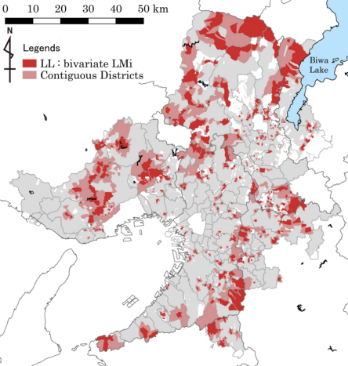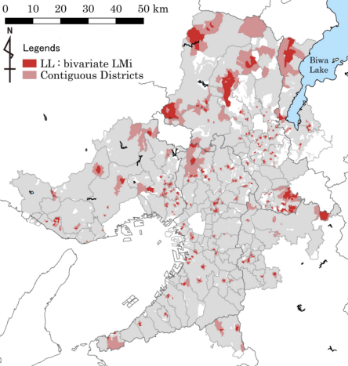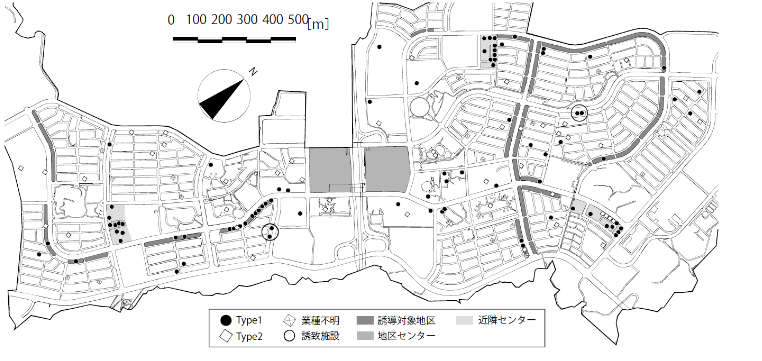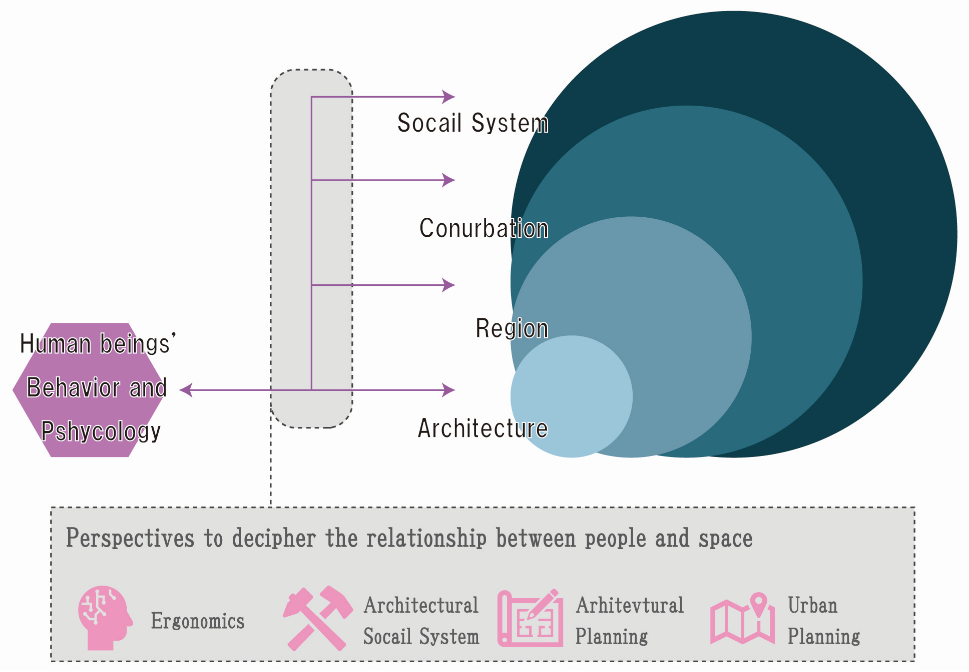
Architecural and Urban Ergonomics
Housing Management
Facilitation of housing management and distribution
Social Capitals
Information about housing and districts
Suburban Residential Area
Sustainable Redevelopment
Living environment for Child-rearing generation
Residents' transition and regeneration
Regional Facilities' Planning
Facility re-location
Area revitalization with regional resource
Planning of University Campus
Urban and Spatial Analysis
Urban perforation and low-densification
Compact and Shrinking Cities
Conurbation Scale Planning
Architectural and Urban Ergonomics
Perception and Behavior
Disaster Prevention Plan
Universal Design for Buildings and Urban Spaces
Research Keywords
Examples of Researches
Targets
For those who want to enter the laboratory as a master student from oversea
We welcome collaborations across countries and regions
Contact us
Research
Member
Works
About
We have carried out our research aimed at the planning methods to design architecture, urban facilities and social system with considering human being.
Our research key word “ergonomics” means not only human behaviors but also humans’ evaluations and feelings, relationship between humans.
Our survey targets’ building types are various, such as residential area, house, community facility, office, public urban space.
The research topics we mainly cope currently is as below;
1. Housing Management and Distribution, Social Capital, and Housing Information
These include research on the facilitation of housing management and distribution, the security of residents and supporting entities such as building-related businesses, NPOs, and communities, as well as housing information that supports the selection and management of housing.
2. Suburban Revitalization, Child-rearing Living Environment, Resident Transition, and Choice of Residence
These include research on the revitalization and reorganization of aging suburban residential areas, the formation of living environments suitable for
new child-rearing generations due to generational changes, and research on changes in residents of suburban residential areas and factors affecting
their choice of residents residential areas.
3. Low-density Urbanization, Compact City, Conurbation and Wider Region Planning
These are studies on low-density areas, the factors that cause them, the conversion of cities to a scale suitable for the population and people's lives, and
the coordination between multiple regions within the same urban area.
Our research key word “ergonomics” means not only human behaviors but also humans’ evaluations and feelings, relationship between humans.
Our survey targets’ building types are various, such as residential area, house, community facility, office, public urban space.
The research topics we mainly cope currently is as below;
1. Housing Management and Distribution, Social Capital, and Housing Information
These include research on the facilitation of housing management and distribution, the security of residents and supporting entities such as building-related businesses, NPOs, and communities, as well as housing information that supports the selection and management of housing.
2. Suburban Revitalization, Child-rearing Living Environment, Resident Transition, and Choice of Residence
These include research on the revitalization and reorganization of aging suburban residential areas, the formation of living environments suitable for
new child-rearing generations due to generational changes, and research on changes in residents of suburban residential areas and factors affecting
their choice of residents residential areas.
3. Low-density Urbanization, Compact City, Conurbation and Wider Region Planning
These are studies on low-density areas, the factors that cause them, the conversion of cities to a scale suitable for the population and people's lives, and
the coordination between multiple regions within the same urban area.
Only those who wish to conduct research related to the above topics are welcome.
*We often have people who bring topics that are completely unrelated to the themes, in which case we will not be able to accommodate them.
*We often have people who bring topics that are completely unrelated to the themes, in which case we will not be able to accommodate them.
Even though you successfully obtain the master degree at Osaka University,
few of you can get a job at Japanese enterprises.
We hope you’ll plan to proceed the doctoral course to be a researcher in your mother country.
few of you can get a job at Japanese enterprises.
We hope you’ll plan to proceed the doctoral course to be a researcher in your mother country.
We welcome the offer of joint research and research collaboration related to the above themes.
The fields of architecture and urban planning sometimes should treat, one city as one unit of analysis, according to Paul Romer's perspective.
On the other hand, it is also necessary to seek common ground through diverse cases in issues common to the world, such as regional regeneration and strengthening sustainability and resilience.
In this regard, joint research projects are essential for future research perspectives for us who participate in Architecture and Urban Science.
The fields of architecture and urban planning sometimes should treat, one city as one unit of analysis, according to Paul Romer's perspective.
On the other hand, it is also necessary to seek common ground through diverse cases in issues common to the world, such as regional regeneration and strengthening sustainability and resilience.
In this regard, joint research projects are essential for future research perspectives for us who participate in Architecture and Urban Science.
email:arc05adm@arch.eng.osaka-u.ac.jp
address:S1-812, 2-1 Yamadaoka, Suita, Osaka 565-0871 JAPAN
address:S1-812, 2-1 Yamadaoka, Suita, Osaka 565-0871 JAPAN
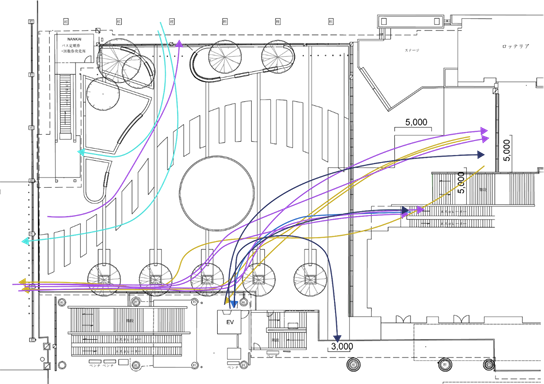
Architectural and Urban Ergonomics
Housing Management
Suburban Residential Area
Regional Facilities' Planning
Urban and Spatial Analysis
Perception and Behavior
Facilitation of housing management and distribution
Sustainable Redevelopment
Facility re-location
Urban perforation and low-densification
Elucidation of the laws of human perception and behavior in architectural and urban spaces
Research on the facilitation of housing management and distribution and the security of residents
Revitalization and restructuring of highly aged suburban residential areas
Research on facility layout and development planning for regional facilities
Research on the occurrence and factors of low-density areas
Architectural and urban planning methods for improving disaster prevention and evacuation performance
Research on supporting entities such as
building-related businesses, NPOs, and communities
building-related businesses, NPOs, and communities
Formation of a living environment suitable for a new generation including child-rearers
Regional revitalization methods using local resources
Research on the transformation of cities to a size suitable for the population and people's lives
Architectural and urban space design for entire types of people
Research on Housing Information to Support Housing Selection and Management
A study of changes in suburban residential residents and factors affecting their choice of livable place
Research on architectural planning of university campuses
Collaboration among multiple regions within the same conubation
Disaster Prevention Plan
Social Capitals
Living environment for Child-rearing generation
Area revitalization with regional resource
Compact and Shrinking Cities
Universal Design for Buildings and Urban Spaces
Information about housing and districts
Residents' transition and regeneration
Planning of University Campus
Conurbation Scale Planning
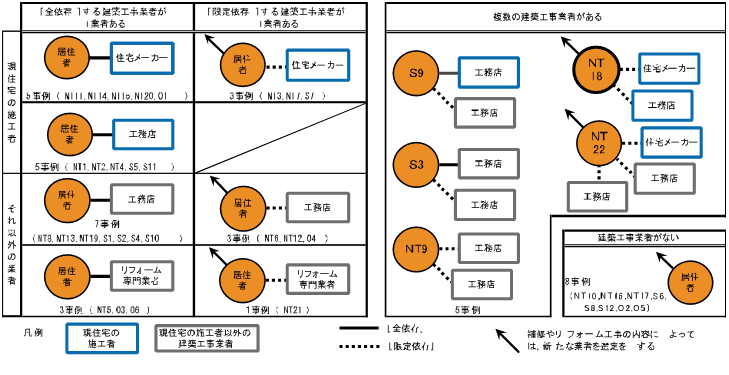
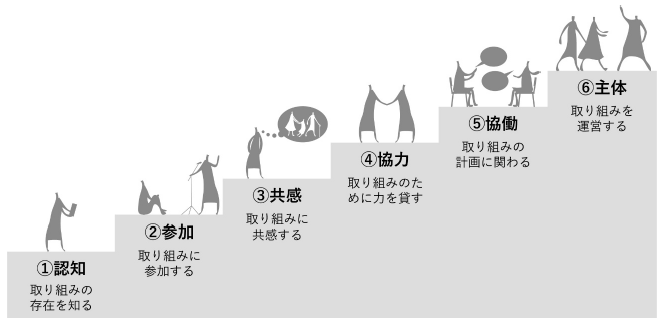
Axis of movement of people in the station square
Relationships between residents and building-related businesses
Stages of Resident Involvement in Collaborative Community Development
Distribution of street facilities within residential areas
Distribution of low-density zones of middle and young age groups
